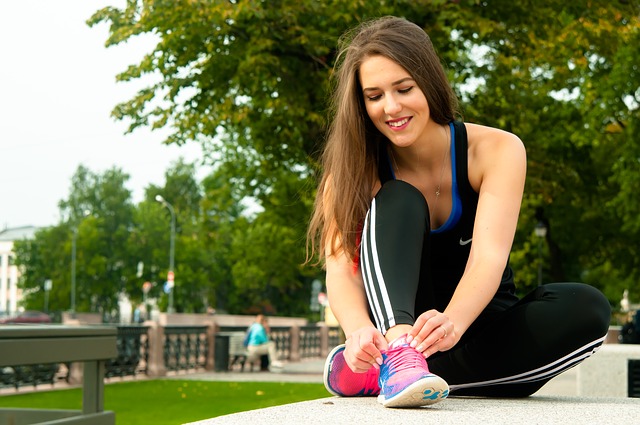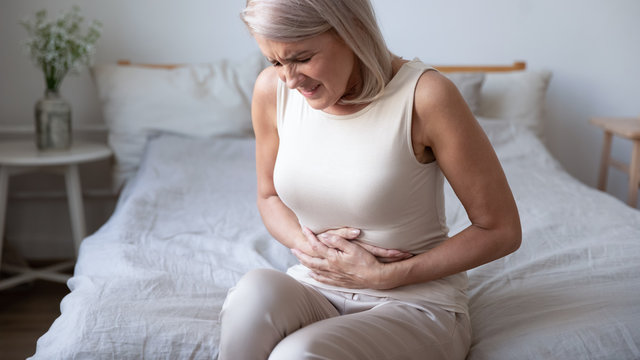Teeth Whitening That Actually Works
Do you want whiter teeth? Who doesn't love a smile with amazing white teeth?
Teeth whitening is one of the most requested dental procedures that people ask for every year.
Americans spend almost $2 billion a year on teeth whitening costs.
Over time, drinking coffee, red wine, smoking, and aging can stain your teeth, as can certain medications like tetracycline. If you are looking to enhance the beauty of your smile, there are many options available.
What is Teeth Whitening Treatment?
Teeth whitening is a procedure to remove stains from the tooth surface, and restore the natural color of the teeth. Bleaching is a one-time procedure performed by dentists who whiten teeth. This is one of the most common cosmetic procedures and is widely adopted.
Teeth whitening can be a great way to lighten your teeth's natural color. May not be able to make a complete color change, or brighten existing colors.
Professional whitening is the most regular method of whitening teeth. Your dental specialist will tell you whether you are suitable for the treatment, and will monitor it if you agree.
First, your dentist will place an elastic band, or gel, on your gums to protect them. Then, they will apply the whitening product to your teeth using a specially made tray, which fits snugly in your mouth.
The 'active ingredient' in products is usually hydrogen peroxide, or carbamide peroxide. When the active ingredients are broken down, oxygen enters the tooth enamel, and the tooth color becomes lighter. (dentalhealth.org)
How Does Teeth Whitening Works at Dentist?
Your dentist will first take pictures of your teeth, which will help to keep track of the progress of treatment. It's also used to check your teeth, and look for stains.
After checking your teeth, the dentist will start by cleaning your teeth. This is to remove the coating on your enamel, because of the food you eat or other substances. The bleaching process begins after this. The entire process takes about 30-90 minutes, depending on the severity of the stain on the teeth.
The dentist will cover the gums, and then apply the bleaching agent to the teeth. Some whitening agents require a laser beam on the material, and if your teeth are stained badly, your dentist may advise you to continue the process at home for a few days.
You can also opt for an at-home teeth whitening treatment, in which case, your dentist will make an impression on your teeth, and will create a mouthpiece accordingly. It helps the whitening agent to remain intact on your teeth.
You can also buy over-the-counter whitening products, which are only suitable for teeth that are less stained.
Does Dentist Teeth Whitening Work?
Teeth whitening is one of the most sought-after cosmetic treatments, and dentistry provides a fast, non-invasive and affordable way to enhance your smile. Universally appreciated by both women and men, teeth whitening treatments are available to suit a wide range of budgets, time frames and temperaments. Whether it's a one-hour professional whitening session done at the dentist's office, or a cosmetic spa, or an at-home whitening kit purchased at your local drugstore, the solutions are many.
Teeth whitening carried out by a dentist can make your teeth brighter faster. Bleach solutions are usually much more powerful than household appliances.
Likewise, heat, light, or a combination of both, can be used to speed up and enhance the whitening process.
The coolest result is that the teeth usually get 3 to 8 shades lighter, usually taking 30 to 60 minutes of dental visits.
Some dentists use methods that can be done in one meeting, for 2 hours (eg Zoom system). The cost of whitening teeth at a dental clinic varies, but can range from $500 to $1,000.
Do Laser Teeth Whitening Work?
For centuries, teeth have been whitened by soaking them in a hydrogen peroxide-based solution, which can remove stains, but caution is required to see results.
The process has been significantly sped up, with a laser driving the chemical reaction of the solution, and whitening teeth in half the time.
One of the most common laser teeth whitening procedures, Zoom teeth whitening, is a process where a light-activated 25% hydrogen peroxide gel is applied to the teeth, before a blue plasma light activates the solution. This treatment is only offered at the dental clinic.
Some human teeth are dark, because they have internal stains on the teeth, not their surface. Surface stains are gone, but deeper stains are embedded in the enamel, which are lost during dental clinic treatments, when oxygen molecules from the Zoom lamp are released from hydrogen peroxide, which causes the stain to crack and thin, leaving teeth whiter.
Unfortunately, even in a professional clinic, teeth whitening doesn't work for everyone. The marketing of this industry is very persuasive, it makes everyone feel like they can get whiter teeth. However, the results have many factors associated with the genetic makeup of your teeth.
Sometimes you don't whiten your teeth enough just to get a clear, distinctive look. You never know with anyone, until you do know.
You can sit here through the whole process, and not see any difference, or sometimes you'll see a big difference, it varies for everyone.
Are There Any Side Effects of Teeth Whitening?
Some people who use teeth whitening may feel their teeth are sensitive. This is because the peroxide in the bleach penetrates the enamel into the soft layer of dentin and irritates the nerves of your teeth. In most cases, the sensitivity is temporal. You can postpone treatment, then try again.
Excessive use of bleach can also damage tooth enamel or gums, so be sure to follow the guidelines, and discuss them with your dentist.














